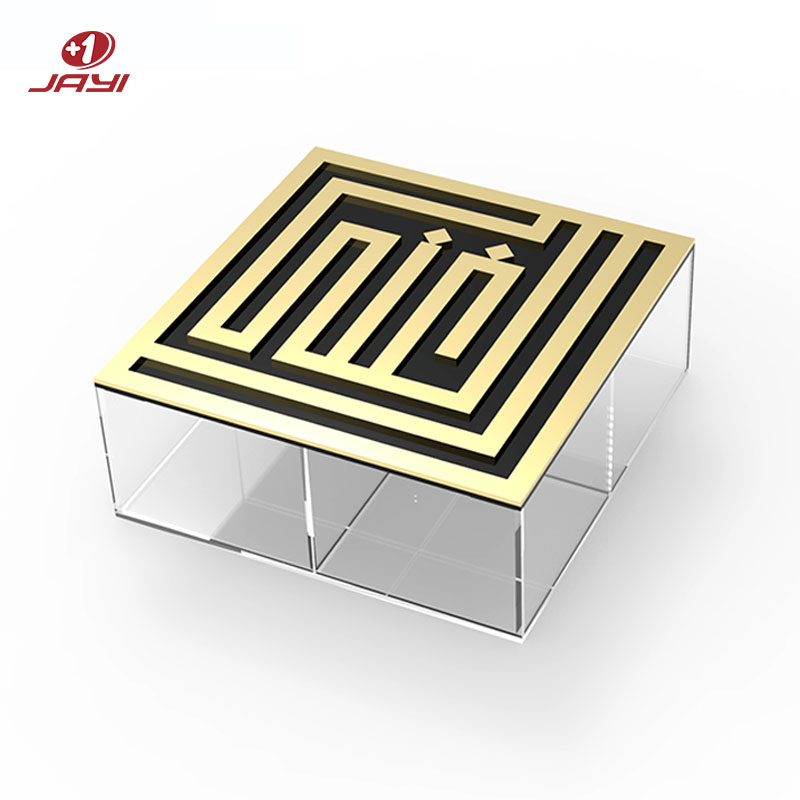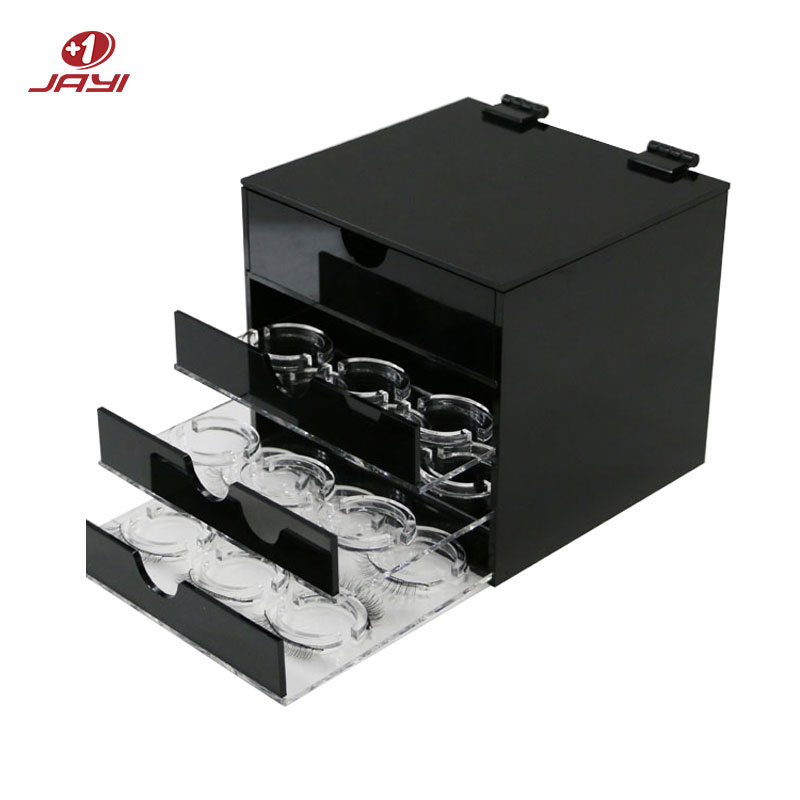Acrylic is a versatile plastic material that is widely used. This is thanks to its high transparency, waterproof and dustproof, durable, lightweight, and sustainable advantages that make it an alternative to glass, acrylic has better properties than glass.
But you may have questions: Can acrylic be recycled? In short, acrylic can be recycled, but it is not a very easy task. So keep reading the article, we will explain more in this article.
What is acrylic made of?
Acrylic materials are made through a process of polymerization, where a monomer, most usually methyl methacrylate, is added to a catalyst. The catalyst causes a reaction where carbon atoms are joined together in a chain. This results in the stability of the final acrylic. Acrylic plastic is generally either cast or extruded. Cast acrylic is made by pouring acrylic resin into a mold. Commonly this might be two sheets of glass in order to form clear plastic sheets. The sheets are then heated and pressurized in an autoclave to remove any bubbles before the edges are sanded and buffed. Extruded acrylic is forced through a nozzle, which is often used to form rods or other shapes. Usually, acrylic pellets are used in this process.
Advantages/Disadvantages of Acrylic
Acrylic is a versatile material that is used both by commercial enterprises and in simple household settings. From the glasses on the end of your nose to the windows at the aquarium, this durable plastic has all kinds of uses. However, acrylic has advantages and disadvantages.
Advantage:
High transparency
Acrylic has a certain degree of transparency on the surface. It is made of colorless and transparent plexiglass, and the light transmittance can reach more than 95%.
Strong weather resistance
The weather resistance of acrylic sheets is very strong, no matter what the environment is, its performance will not be changed or its service life will be shortened due to the harsh environment.
Easy to process
An acrylic sheet is suitable for machine processing in terms of processing, easy to heat, and easy to shape, so it is very convenient in construction.
Variety
There are many varieties of acrylic sheets, the colors are also very rich, and they have excellent comprehensive performance, so many people will choose to use acrylic sheets.
Good impact resistance and UV resistance: Acrylic material is heat resistant, so it can be used in sheets. It is under high pressure.
Lightweight
PMMA is strong and lightweight, it replaces glass. Recyclable: Many supermarkets and restaurants prefer acrylic glassware and cookware over other materials because it is shatterproof and durable.
Recyclable
Many supermarkets and restaurants prefer acrylic glassware and cookware over other materials because it is shatterproof and durable.
Disadvantages
There is certain toxicity
Acrylic will emit a large amount of formaldehyde and carbon monoxide when it is not fully finished. These are toxic gases and are also very harmful to the human body. Therefore, workers need to be provided with protective clothing and equipment.
Not easy to recycle
Acrylic plastics are classified as Group 7 plastics. Plastics classified as Group 7 are not always recyclable, they end up in landfills or incinerated. So recycling acrylic products is not an easy task, and many recycling companies do not accept products made of acrylic materials.
Non-biodegradable
Acrylic is a form of plastic that does not break down. The materials used to make acrylic plastics are man-made, and humans have yet to discover how to produce biodegradable synthetic products. It takes about 200 years for acrylic plastic to decompose.
Can acrylic be recycled?
Acrylic is recyclable. However, not all acrylic can be recycled, and it will not be an easy task. Before I talk about which acrylics can be recycled, I want to give you some background information about recycling plastics.
In order to be able to be recycled, plastics are usually divided into groups. Each of these groups is assigned a number 1-7. These numbers can be found inside the recycling symbol on plastic or plastic packaging. This number determines whether a particular type of plastic can be recycled. Generally, plastics in groups 1, 2, and 5 can be recycled through your recycling program. Plastics in groups 3, 4, 6, and 7 are generally not accepted.
However, acrylic is a Group 7 plastic, so plastics in this group may not be recyclable or complicated to recycle.
The benefits of recycling acrylic?
Acrylic is a very useful plastic, except that it is not biodegradable.
That said, if you send it to a landfill, it doesn't decompose over time, or it takes longer to decompose naturally, it has a good chance of causing significant damage to the planet.
By recycling acrylic materials, we can greatly reduce the impact these materials have on our planet.
Among other things, recycling reduces the amount of waste in our oceans. By doing so, we ensure a safe and healthy environment for marine life.
How to recycle acrylic?
PMMA acrylic resin is most commonly recycled through a process called pyrolysis, which involves breaking down the material at high temperatures. This is usually done by melting the lead and bringing it into contact with the plastic to depolymerize it. Depolymerization causes the polymer to break down into the original monomers used to make the plastic.
What are the problems with recycling acrylic?
Only a few companies and projects have facilities to recycle acrylic resin
Lack of expertise in the recycling process
Harmful fumes may be released during recycling, resulting in contamination
Acrylic is the least recycled plastic
What can you do with discarded acrylic?
There are currently two effective and environmentally friendly methods of disposing of used items: recycling and upcycling.
The two methods are similar, the only difference is the process it requires. Recycling involves breaking things down into their molecular form and producing new ones. By upcycling, you can make many new things out of acrylic. That's what manufacturers do through their recycling programs.
Acrylic uses include (scrap and recycled acrylic):
Lampshade
Signs and Displays boxs
New acrylic sheet
Aquarium windows
Aircraft canopy
Zoo enclosure
Optical lens
Display hardware, including shelves
Tube, tube, chip
Garden greenhouse
Support frame
LED lights
In conclusion
Through the description of the above article, we can see that although some acrylics are recyclable, the process of recycling is not an easy task.
Recycling companies must use the necessary equipment to make recycling possible.
And because acrylic is not biodegradable, a lot of it ends up in landfills.
The best thing then is to limit your use of acrylic products or opt for greener options.
Related Products
Post time: May-18-2022




